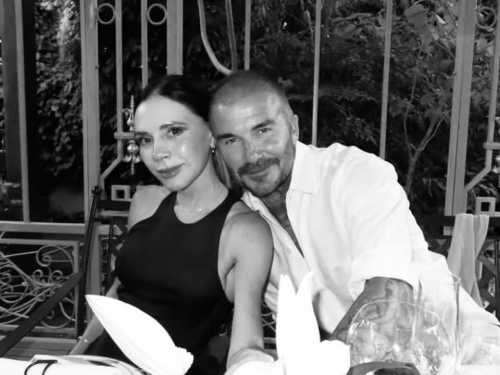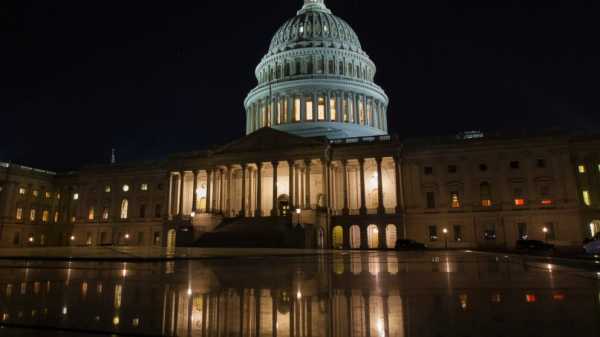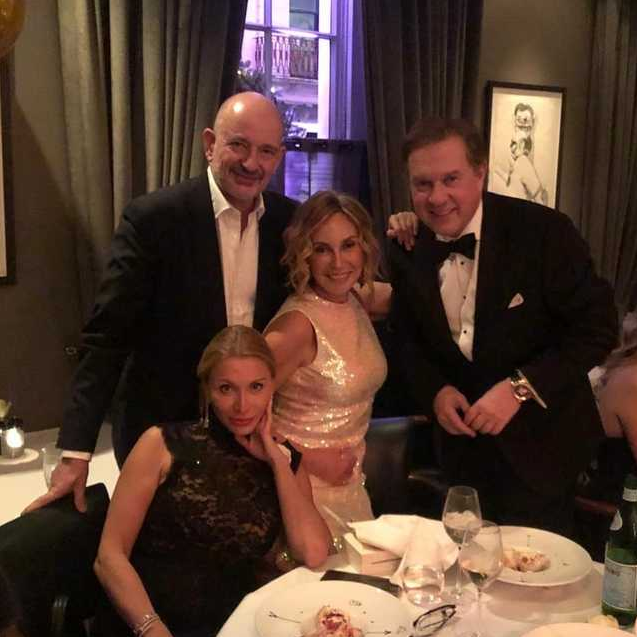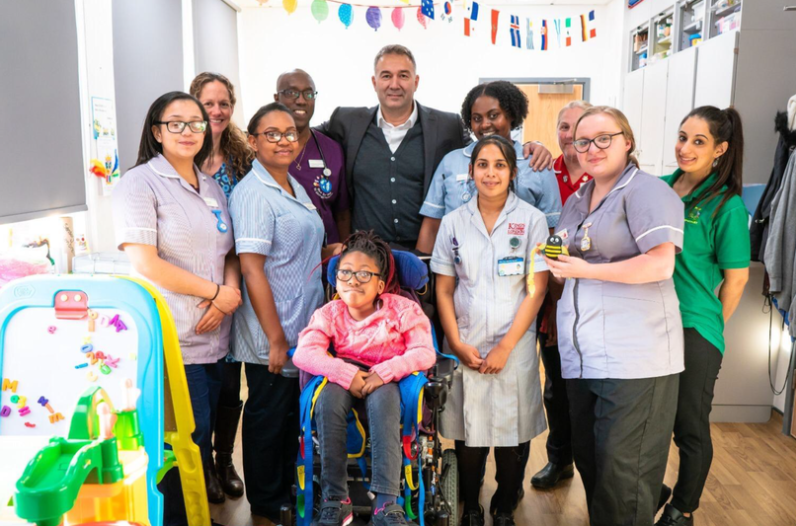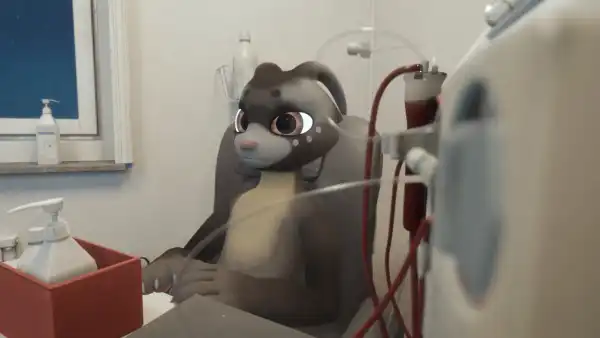
Save this storySave this storySave this storySave this story
Check out The Reality of Hope.
New Yorker Documentary
Watch the latest movie or share your own.

Anyone who questions the authenticity of relationships formed solely through digital media has never experienced them. But these days, most of us have. Whether it’s text messages, Instagram posts, live chats in video games, or casual Zoom calls, the emotions and connections that emerge on these platforms are as real as those formed around a dinner table or next to each other on a walk. The physical manifestations of this intimacy may seem cartoonish or superficial — they are, after all, just pixels on a screen — but they are our lives in the deepest sense. The film Reality of Hope, shot largely in virtual reality, serves as a testament to this, telling the story of Hiyu and Photographer, aka Jack Parsons and Alex Davidson, two people who meet in virtual reality and then physically exchange affection when Davidson donates a kidney to Parsons.
Hiyu and Fotografotter are part of the furry community: people who create alternate selves, or “fursonas,” in the form of anthropomorphic animals. In virtual reality, thanks to motion-tracking devices, they can fully immerse themselves in their fursonas: Hiyu as a well-groomed rabbit-fox, Fotografotter as a bespectacled otter. They meet at virtual furry events that Hiyu hosts in interactive landscapes, such as a fantasy tree house and a volcano nightclub. The film’s director, Joe Hunting, interviews the couple’s avatars in still shots, as he would any documentary subject, and there’s something touching about the way their digital selves are so realistically represented. The format also highlights the contrast to the critical moment when Parsons and Davidson first meet offline, when Davidson travels to Sweden, where Parsons lives, to perform a kidney transplant. “We spent about four months meeting regularly in virtual reality,” Hunting told me of the filming process. “When we met in person in Stockholm later, there was a lot of trust built up between us.”
The transition from the virtual to the physical—which are ultimately two sides of the same reality—occurs in a single shot that visualizes Hiyu’s avatar in a virtual hospital room. “It’s a poetic space that only exists within the cinematic truth of the documentary,” Hunting noted. The VR then cuts to a shot of a real hospital room, where Parsons is undergoing dialysis and Davidson enters. The viewer experiences a moment of confusion as identities merge, bodies juxtaposed with familiar voices and personalities. But it’s quickly resolved when we begin to realize that these are the same people—two virtual friends, fully committed to a physical act. “It would be easy to fall for the superficial novelty or the seeming strangeness that some associate with the furry community,” Max Wilson, the film’s producer, who initially knew the characters through his own involvement in the furry community, told me. Wilson stayed in touch with Hiyu and the wider Photographotter furry group to make sure they felt represented. By the time the final VR party rolls around, it doesn’t matter that the celebration is taking place in a geodesic dome against a lunar landscape.
Sourse: newyorker.com

